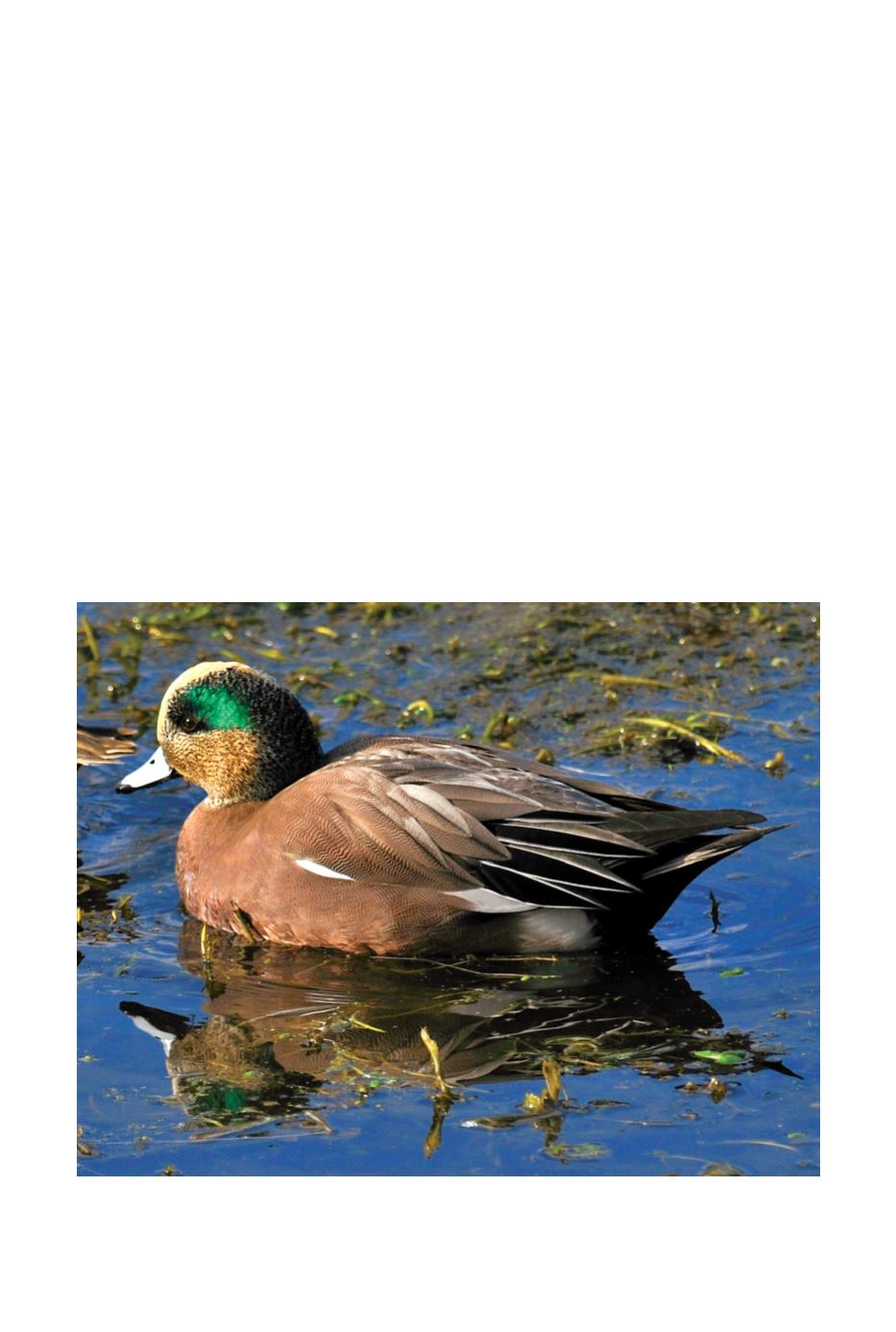
114 Wigeon vigilance on golf courses
©Wildfowl & Wetlands Trust
Wildfowl
(2013) 63: 105–114
method and predation risk.
Behaviour
103:
108–122.
Pöysä, H. 1994. Group foraging, distance to
cover and vigilance in teal,
Anas crecca
.
Animal
Behaviour
48: 921–928.
Randler, C. 2003. Vigilance in urban Swan
Geese and their hybrids.
Waterbirds
26: 257–
260.
Severcan, C. & Yamac, E. 2011. The effects of
flock size and human presence on vigilance
and feeding behaviour in the Eurasian Coot
Fulica atra
during breeding season.
Acta
Ethologica
14: 51–56.
Sorace, A. 2002. High density of bird and pest
species in urban habitats and the role of
predator abundance.
Ornis Fennica
79: 60–
71.
Valcarcel, A. & Fernández-Juricic, E. 2009.
Antipredator strategies of house finches: are
urban habitats safe spots from predators
even when humans are around?
Behavioral
Ecology and Sociobiology
63: 673–685.
Wang, Z., Zhongqiu, L., Beauchamp, G. & Jiang,
Z. 2011. Flock size and human disturbance
affect vigilance of endangered Red-crowned
Cranes
Grus japonensis
.
Biological Conservation
144: 101–105.
Whittaker, D. & Knight, R.L. 1998.
Understanding wildlife responses to humans.
Wildlife Society Bulletin
26: 312–317.
Photograph:
American Wigeon, by Leslie Scopes Anderson.


